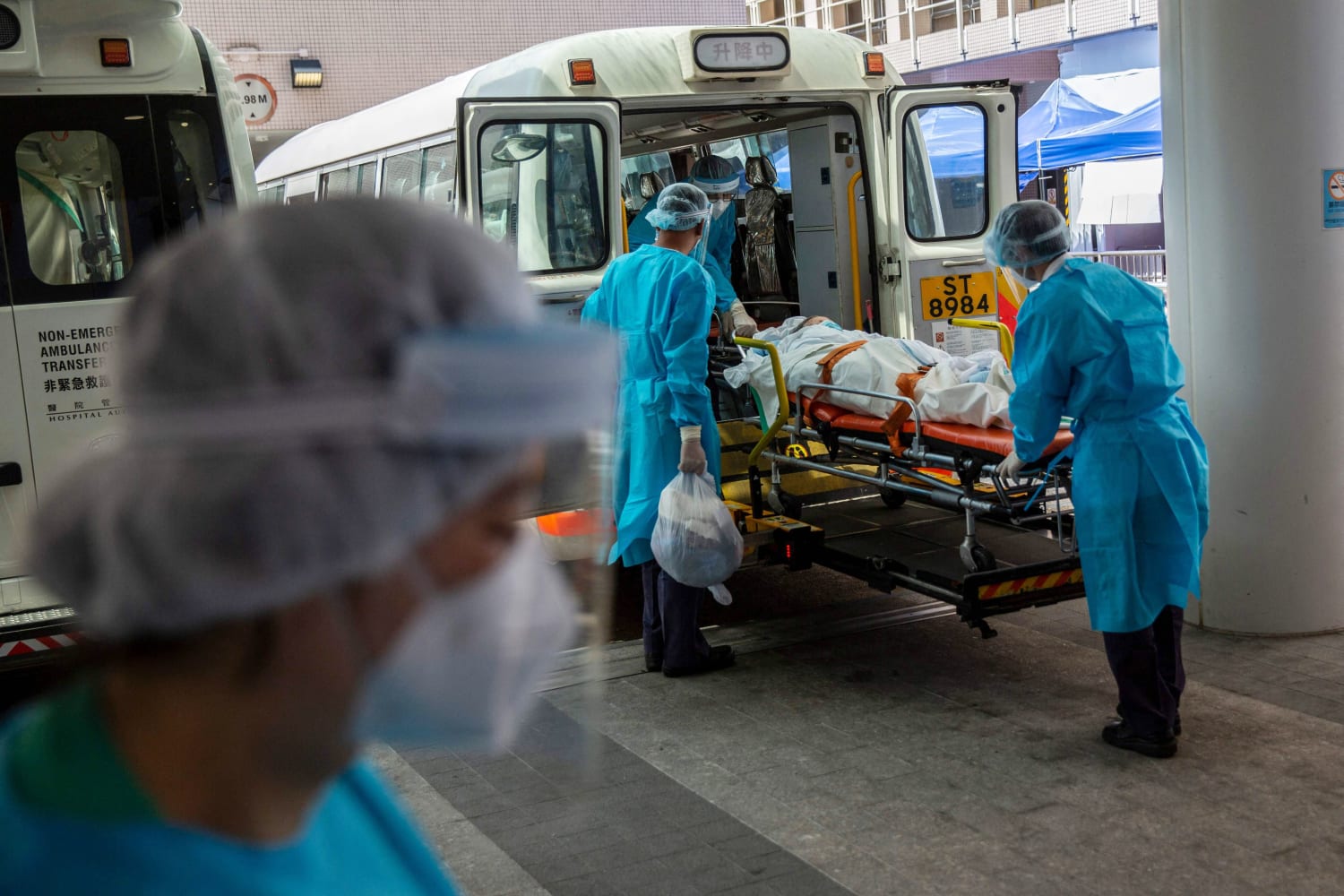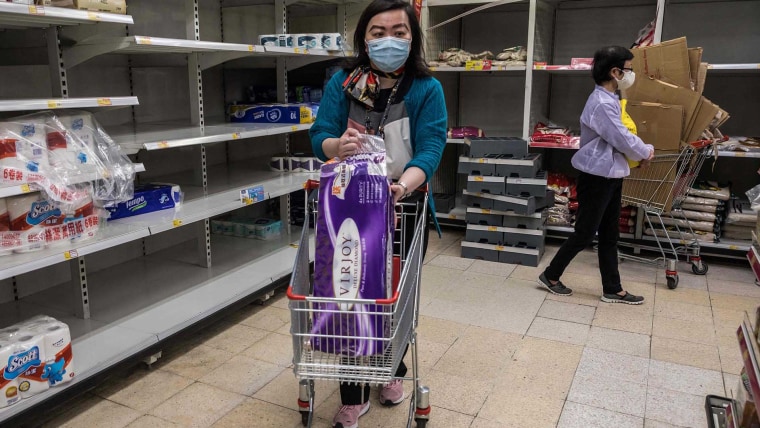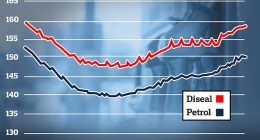“The ‘zero-Covid’ measures will not eventually stop the virus from getting in. They’ll only postpone it,” said Ben Cowling, chair professor of epidemiology at the University of Hong Kong School of Public Health. “In Hong Kong, we won’t be able to stop an outbreak once it gets established, and that’s exactly what’s happened now.”
Omicron is tearing through densely populated Hong Kong much the way it has elsewhere in the world. Officially, there have been more than 700,000 cases since the outbreak began in late December, out of a population of 7.5 million. But researchers at the University of Hong Kong estimate that 1.8 million people, or a quarter of the population, have contracted the virus in the current outbreak, and that by the end of April, it will be 4.3 million.
Only about 35 percent of residents 80 and older have received two vaccine doses, compared with more than 80 percent of those 12 and above.
Similar outbreaks are occurring in places like Singapore and New Zealand, which are transitioning away from elimination policies. The difference, critics say, is that while those countries had detailed plans for how to manage them, the Hong Kong government did not.
“The government and the Hospital Authority weren’t prepared for the outbreak,” Adrian Kwan, an internist at a public hospital, said. “They had no contingency plan until late February. They did not anticipate what they would do when there was an outbreak in institutional settings, elderly homes in this case.”
Containing the virus in Hong Kong has depended on cutting off transmission chains as soon as they appeared. Any person with a confirmed infection, even if asymptomatic, was required to be hospitalized, while close contacts were sent to a government quarantine facility for up to three weeks. But once omicron took hold, cases rose faster than officials could respond.
Even amid mounting deaths — over 4,000, more than the toll recorded in Wuhan — the government has been slow to adjust its strategy, now called “dynamic zero Covid.” In recent weeks, officials announced plans for universal testing and scrambled to build more isolation facilities, baffling public health experts who said the priority should be saving lives. Public confusion as to when the testing would be conducted, as well as whether it would be accompanied by Hong Kong’s first real lockdown, set off rounds of panic-buying and led residents to flee the city in droves.
Last week, Chief Executive Carrie Lam announced a major shift, saying universal testing would be postponed while the government focused on reducing the number of deaths and severe infections. The change was in line with recommendations from mainland Chinese officials who have intervened after President Xi Jinping expressed his dissatisfaction with Hong Kong’s handling of the outbreak. Mainland China is also dealing with its worst outbreak in two years, with multiple cities on lockdown, including Shenzhen, a city of 17.5 million just across the border from Hong Kong.
While Lam said officials have done their best to manage the pandemic, she admitted they did not do enough to encourage older adults to get vaccinated. Only about 35 percent of residents 80 and older have received two vaccine doses, compared with more than 80 percent of those 12 and above.
Source: | This article originally belongs to Nbcnews.com










